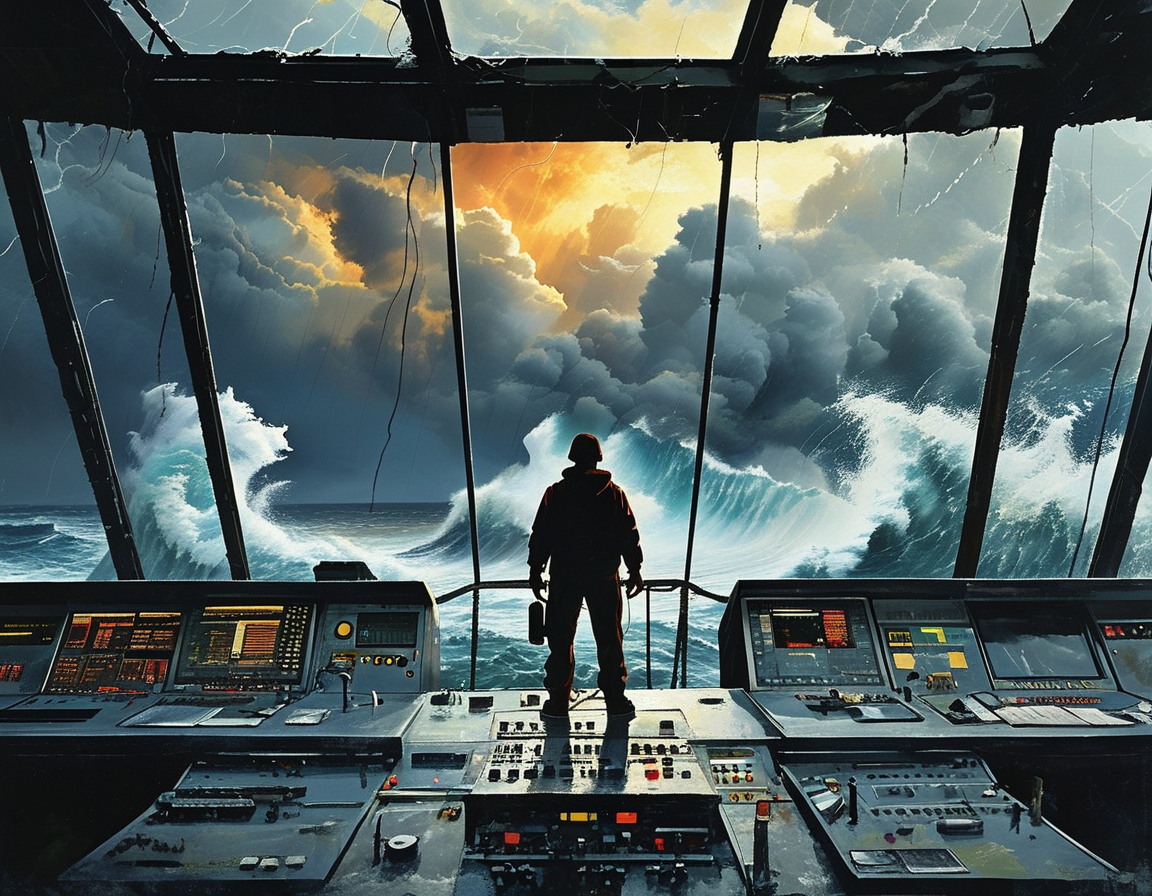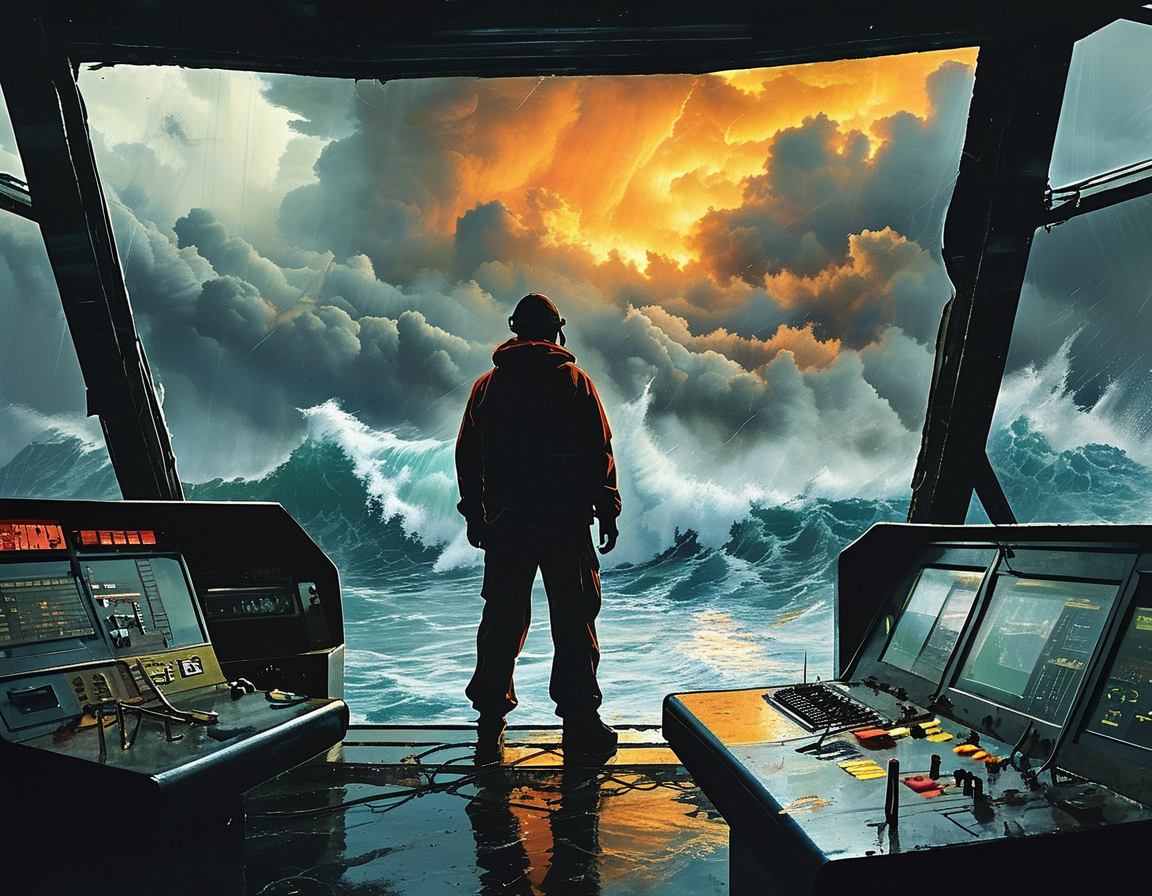When faced with disaster, who do we turn to for guidance? In moments that demand courage, our heroes emerge in the most unexpected ways. This story of a young air traffic controller in Indonesia showcases a profound sacrifice during one of nature’s most terrifying events.
On September 28, 2018, Palu, Indonesia, was rocked by a devastating 7.5 magnitude earthquake followed by a tsunami. In the chaotic atmosphere, 21-year-old Anthonius Gunawan Agung stood in the control tower, valiantly ensuring that a Batik Airways flight took off safely. As the tremors shook the four-story building, Agung’s colleagues fled. But Agung stayed, embodying true courage against the element of fear.

His last words were powerful: ‘Batik 6321 clear for takeoff.’ Those words not only meant so much for the 148 passengers aboard but would also resonate deeply in the hearts of many. It’s tragic to think that he paid the ultimate price for his selflessness, trapped in a collapsing structure, his only escape a desperate leap that left him severely injured.
What drives someone to stay in a perilous situation? Agung’s decision to remain behind speaks volumes about his character. While reports of the disaster streamed in, pilot Ricosetta Mafella’s memories were a whirlwind of urgency and intuition. She felt compelled to leave just three minutes early. It was as if a voice was nudging her, insisting, ‘Get out now.’
The fate of those passengers on that plane rested heavily on Agung’s shoulders. His bravery took on a life-or-death edge. As they sped down the runway, the crew had no idea of the swirling chaos they were leaving behind. That surreal moment is etched into the minds of many, a vivid picture of courage amidst catastrophe. What did it feel like for Mafella to take off just before disaster struck?

Mafella later described the ocean behaving strangely, waves forming circles that seemed to swallow land whole. Each second spent waiting in the cockpit became a race against time, watching the tsunami approach, knowing that no response was coming from Agung. His last heroic act went largely unnoticed by the passengers—an unspoken tragedy.
Can we ever fully comprehend the emotional weight of these moments? As Mafella later learned, his air traffic controller had become a ‘guardian angel’ in a time of deep despair. His commitment went beyond his role; Agung put others first, refusing to abandon them despite the urgency of his peers. This narrative challenges the way we think about emergency response.
Agung’s story, though heartbreaking, also serves as a beacon of hope and resilience. As communities worldwide face their own crises, his actions remind us of the dedication individuals can show in dire circumstances. We often overlook the unsung heroes in the shadows of catastrophe. Without a doubt, these stories deserve to be told.

In facing disasters, whether natural or human-made, we often find ourselves asking: what to do next? This incident provides a critical lesson on the immediate need for preparedness. The challenges we witness in Palu echo globally. Can the principles of Agung’s heroism inform the way we respond to our own fears?
There are valuable lessons to take away. This tragedy instills the importance of timely decision-making and clear communication. In a world that feels increasingly chaotic, understanding the dynamics at play during emergencies can help us navigate crises with a level head. Mary, a survivor of a different earthquake, expressed how crucial it was for her to stay informed and ready, a sentiment that resonates perhaps more than ever.
So, how do we create an environment where heroism can flourish? It starts with recognizing the silent sacrifices made by those who serve in challenging roles. As we reflect on Agung’s legacy, may we create avenues for conversations about preparedness, empathy, and resilience—qualities that resonate deeply in the face of adversity.
In conclusion, amid darkness, the story of Anthonius Gunawan Agung shines bright. His name should be etched beside every narrative of heroism. His actions demonstrate the incredible impact of courage, even when facing the impending danger of nature’s wrath.




